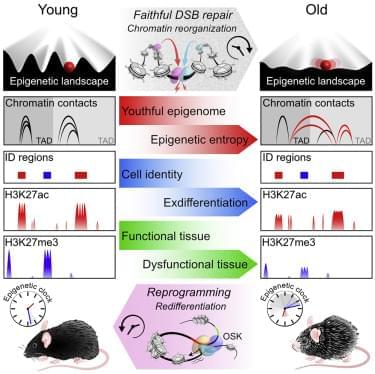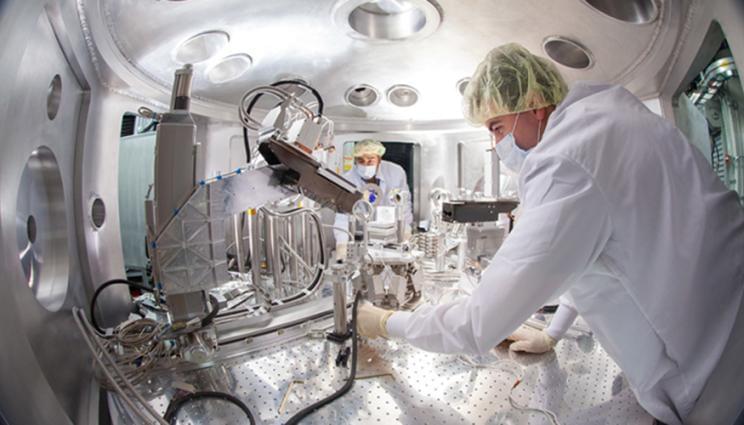Deep Learning AI Specialization: https://imp.i384100.net/GET-STARTED
OpenAI announced plans to release a ChatGPT Pro Version with expanded character capability and an artificial intelligence text generated detection system. Samsung announced at CES 2023 that it will release an AI powered home robot called the Ex-1 later this year. Researchers from Singapore have created a breakthrough robot arm gripper that is able to transform its surface area and shape like an elephant’s trunk to pick up any object.
AI News Timestamps:
0:00 OpenAI ChatGPT Pro.
3:00 New Samsung AI Robot.
5:21 Breakthrough Robot Arm Gripper.
#technology #tech #ai




